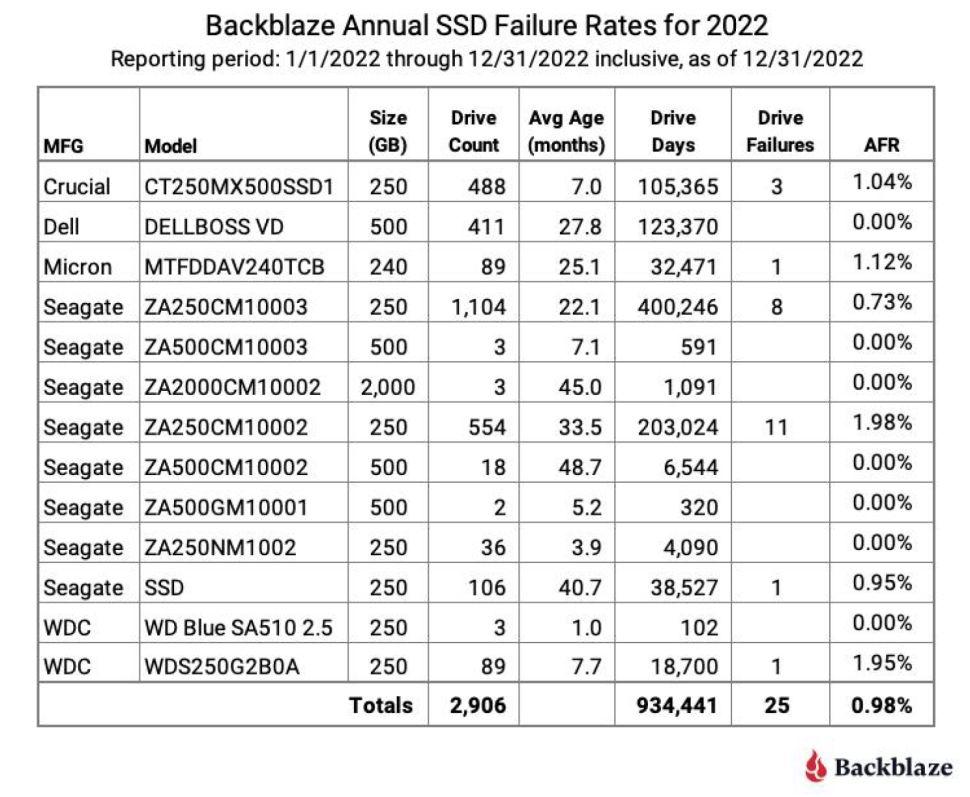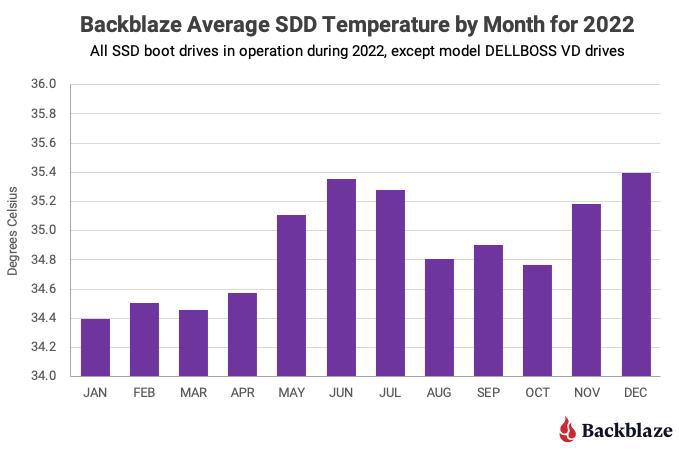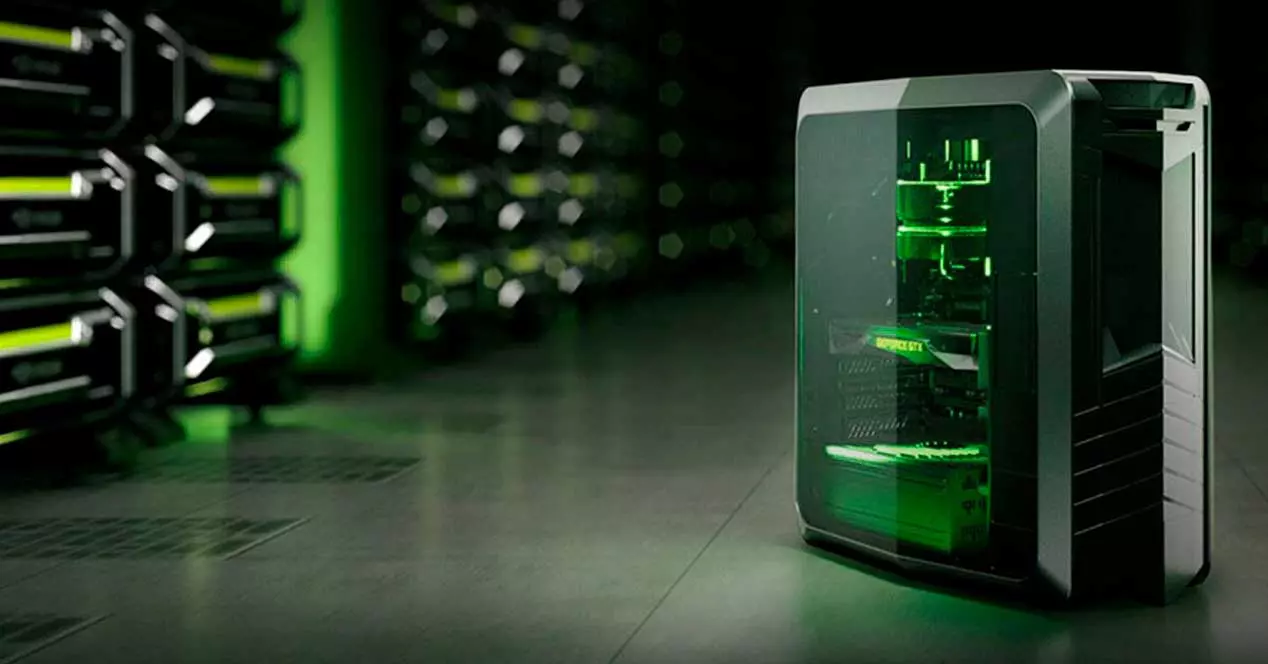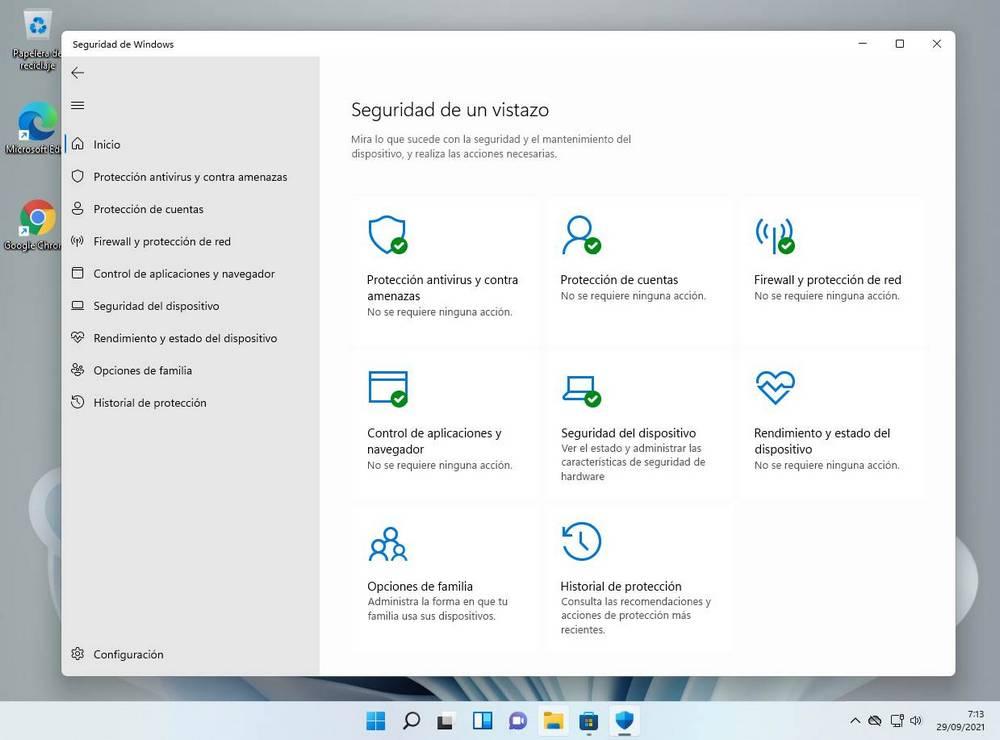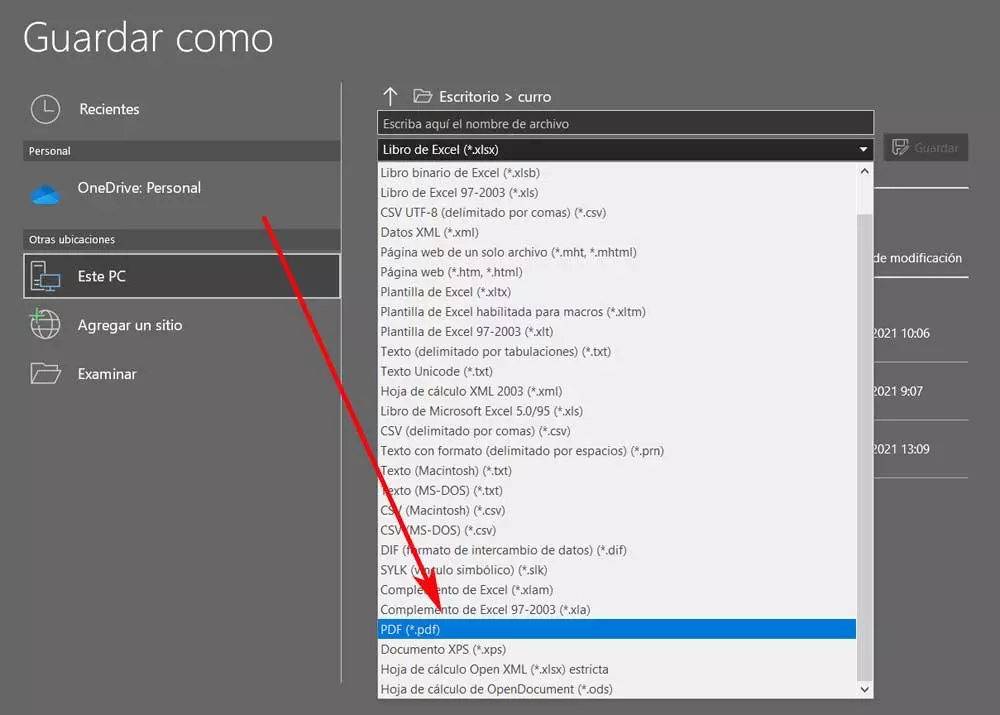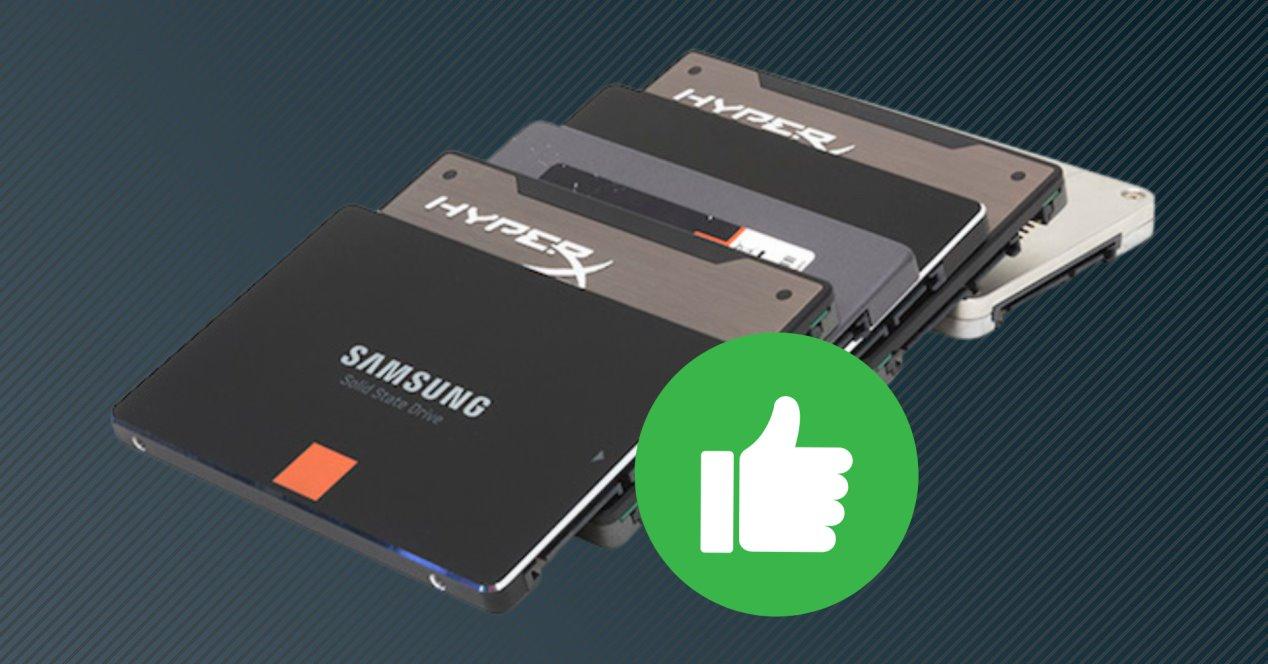
You should bear in mind that the data shown is of quite intensive use, more than typical domestic use. For an average user it is estimated that the amount of reading and writing on an SSD is 30-60 GB/day. This figure encompasses everything from browsing to gaming, which are not very demanding processes in this regard.
Busting the myth of SSD failures
First of all, we must specify the use that Blackblaze makes of SSDs. These are mainly used for read and write processes of log files, operating system installation and temporary files. Note that the log files are the processes that wear out these storage units the most.
We have to indicate that the company has been using SSD since 2018, being some registered units of that time. The great most of these units are SATAWhat’s more, there are only three M.2 drives (the WD Blue SA510). Note that on the 65% of the units are 250 GB or lessabout him 3. 4% have a capacity 500GB and only have three 2TB drives.
Another fact that we must take into account that most of these SSDs are commercial units, come on, you can buy them on Amazon. The only ones professional units Are the Dell BOSS VS. It also highlights that 58% of these are units Seagate BarraCuda 120 of different abilities.
Blackblaze highlights that, in 2020, less than 1% of the total units presented some kind of glitch. Specifically, only 25 drives out of more than 2,900 SSDs have failed. We see that, in general, the units they use are commercial and do not present faults.
There is a particularly interesting piece of information that the company has given. The units they use operate on a temperature range half between 34.4 ºC and 35.4ºC. It should be noted that most operate between 25 ºC and 42 ºC, maximum. Some units have also detected very punctual peaks of up to 61 ºC.
Beware of drawing wrong conclusions
These are interesting data that we would hardly be able to obtain in any other way, since it is “real” use of the units and not simulation of use. Obviously, at home you will not have the load that these units can support, not even by chance. What we must make clear is that SSDs are just as good as HDDs, with similar reliability.
For me, one of the most interesting data is in the temperature. We see how more or less the operation is established in a not exaggerated range of temperatures. The range of about 20 ºC could be considered normal and the occasional temperature peaks are normal.
What I find most interesting is that if they operate in a temperature range within the optimum, we should not have problems. It is not that they will last longer if they work below 40 ºC, that is impossible to know since many factors intervene. What it does raise is that we can improve its durability by operating in an optimal thermal range.
